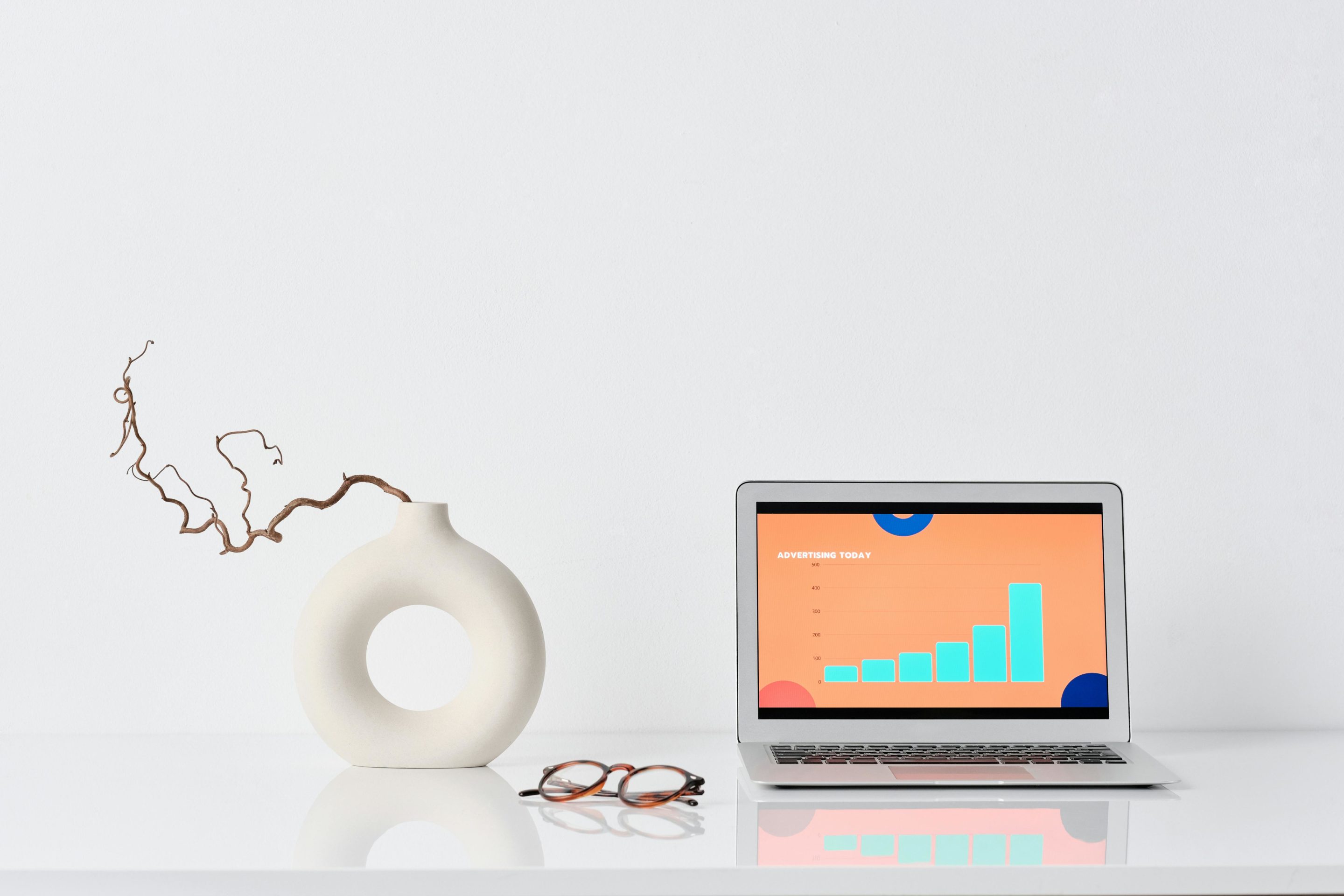When it comes to building a strong brand identity, one of the most crucial elements is creating a distinctive logo. A logo serves as the visual representation of your brand and is often the first thing that comes to mind when people think of your company. It's what sets you apart from your competitors and becomes synonymous with your brand's values and mission. In this article, we will discuss some tips for creating a distinctive logo that will help establish a strong brand identity for your business.
Understanding Your Brand
Before diving into the nitty-gritty of logo design, it's essential to have a clear understanding of your brand. What are your brand's unique selling points? What sets you apart from others in the market? Knowing who you are as a company and what you stand for will guide you in creating a logo that accurately represents your brand.
Simplicity is Key
In today's fast-paced world, people don't have time to decipher complicated logos. Your logo should be simple yet eye-catching enough to grab people's attention. Take some time to analyze some of the most well-known logos like Nike, Apple, or McDonald's – all these logos are simple yet easily recognizable.
Color Psychology
Color plays an essential role in branding and can evoke specific emotions and associations. For example, red is often associated with excitement or passion, while blue represents trustworthiness and stability. When choosing colors for your logo, consider not only what looks visually appealing but also what aligns with your brand's message.
Typography Matters
The font used in your logo can also communicate different things about your brand. A script font may convey elegance or femininity, while bold sans-serif fonts can give off a more modern and masculine vibe. Make sure to choose typography that reflects your overall brand image.
Be Unique
It may be tempting to go for something trendy or use elements similar to those used by successful brands; however, this can do more harm than good. A unique logo is what will make your brand stand out and be memorable. Avoid cliches and overused symbols and strive for originality.
Versatility is Key
Your logo will be used in various marketing materials, from business cards to billboards. It's essential to design a logo that can adapt to different sizes and formats without losing its impact. This means avoiding intricate details or small font sizes that may not be legible when scaled down.
Test it Out
Before finalizing your logo, it's crucial to get feedback from others, especially your target audience. Conduct surveys or focus groups to see how people respond to your logo and make any necessary changes based on their feedback.
Branding Consistency
A strong brand identity is built on consistency, and this includes your logo. Once you have a finalized version of your logo, ensure that it is used consistently across all marketing materials, including social media profiles, website, emails, etc. This level of consistency will help establish a strong visual association with your brand.
Rebranding Done Right
While it's essential to get your logo right the first time around, there may come a time when rebranding becomes necessary for various reasons such as evolving market trends or expanding into new markets. When rebranding, make sure to communicate clearly with your audience the reason behind the change and ensure that the new logo still reflects your brand's values and mission.
In conclusion
Creating a distinctive logo is a crucial step in building a strong brand identity. It requires careful consideration of factors such as simplicity, color psychology, typography, uniqueness, versatility, testing for feedback from target audiences, consistency in branding efforts across all platforms as well as being open-minded about rebranding if necessary in the future.
By following these tips and putting thought into every aspect of your logo design process,you can create a distinctive and impactful visual representation of your brand that will help set you apart from the competition and leave a lasting impression on your customers.






































0 Comments